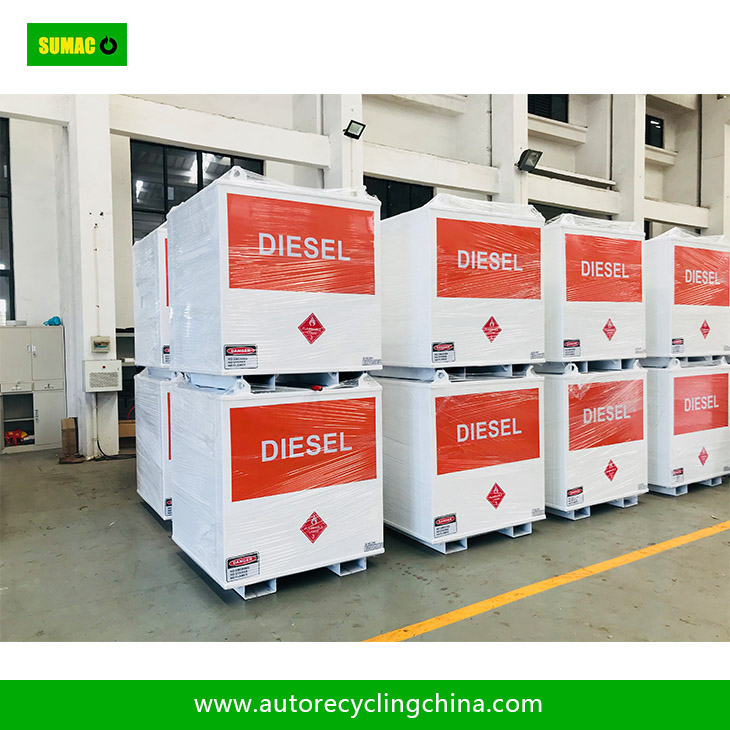How to clean diesel fuel tank with excessive sediment
2025-05-15
Leave a message
When a diesel fuel tank accumulates excessive sediments, it can clog fuel filters, damage fuel pumps, and reduce engine performance. Here are effective methods to clean the tank thoroughly:
1. Empty the Tank
First, safely drain all remaining diesel fuel from the tank. Use a fuel transfer pump or siphon hose to remove the fuel, ensuring it is stored in approved containers. For vehicles, disconnect the fuel lines and drain the tank completely. This step minimizes the risk of fuel spills during the cleaning process and allows full access to the tank's interior.
2. Remove the Tank (if necessary)
In some cases, especially for larger equipment or vehicles with accessible tanks, it may be necessary to remove the tank from its mounting location. This provides better access for cleaning and inspection. Follow the manufacturer's instructions to disconnect electrical connections, hoses, and mounting bolts carefully.
3. Mechanical Cleaning
After emptying, use a long - handled brush or sponge attached to a rod to scrub the interior surfaces of the tank. Pay special attention to areas where sediments tend to accumulate, such as the bottom and corners. For stubborn deposits, a soft - bristle brush can be used to dislodge them without scratching the tank walls.
4. Flushing with Solvents
Fill the tank partially with a suitable cleaning solvent, such as diesel fuel mixed with a fuel system cleaner or a specialized tank - cleaning solution. Agitate the solvent by sloshing it around inside the tank or using a low - pressure air compressor to create turbulence. Let the solvent soak for several hours to dissolve stubborn deposits. Then, drain the solvent completely, repeating the process if necessary.
5. Rinsing
After solvent cleaning, rinse the tank thoroughly with clean diesel fuel or distilled water. This helps remove any remaining solvent residues. Make sure to drain all rinse water or fuel completely, as any remaining moisture can lead to rust formation.
6. Drying and Inspection
Allow the tank to air - dry completely before reinstalling it. Use a clean, dry cloth to wipe the interior surfaces if needed. Inspect the tank for signs of damage, such as cracks or corrosion, and repair or replace it if necessary.
7. Reinstallation and Prevention
Once clean and dry, reinstall the tank and reconnect all hoses and electrical components. To prevent future sediment buildup, use high - quality diesel fuel, change fuel filters regularly, and consider installing a sediment bowl or water separator in the fuel line. Regular maintenance and proper fuel storage are key to keeping the diesel fuel tank clean and ensuring optimal engine performance


